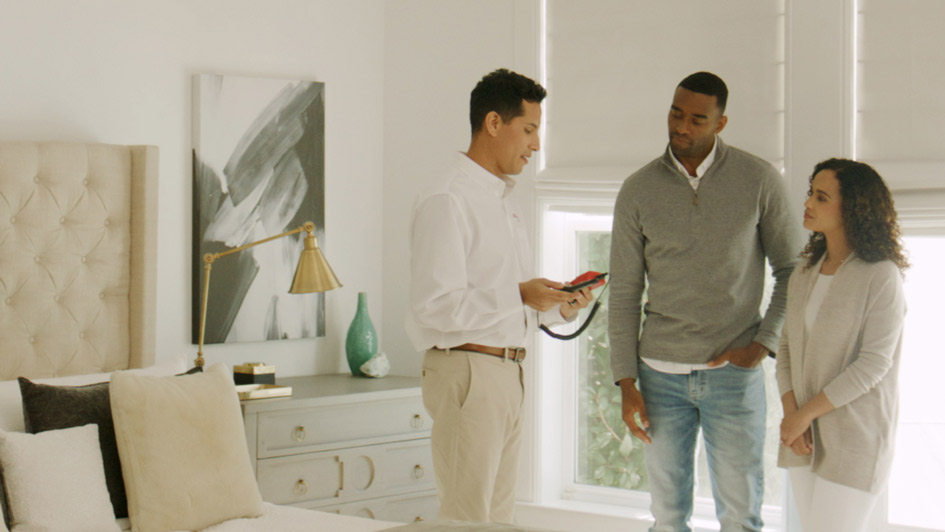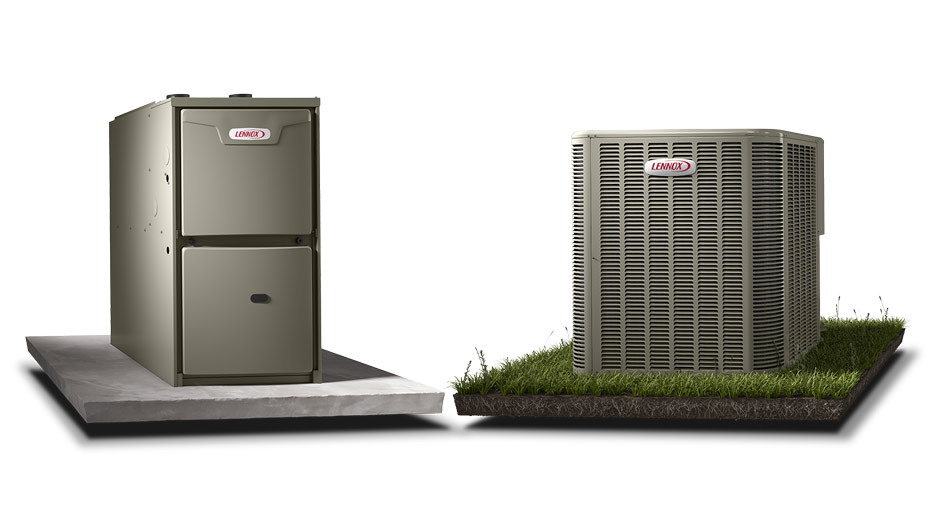Blog
Solar Air Inc.
3330 SW 13 Avenue
Fort Lauderdale, FL 33315
Phone: 954-320-7398
Email: [email protected]
License #CAC018245
M - F: 8am - 5pm
Sat - Sun: Emergency Only
Sat - Sun: Emergency Only
About Solar Air Inc.
At Solar Air Inc. , your home comfort is our biggest priority. That’s why we offer dependable HVAC solutions and quality work in Fort Lauderdale. Our experts are knowledgeable in a full range of services, so you can be confident in your results. They’ll offer the support you are seeking, whether it’s putting in a new HVAC system or repairing and inspecting your present equipment. We’re here to assist with all of your needs, so get in touch with us at 954-320-7398 or contact us online to request an appointment today.
© 2025 Solar Air Inc. | All rights reserved













